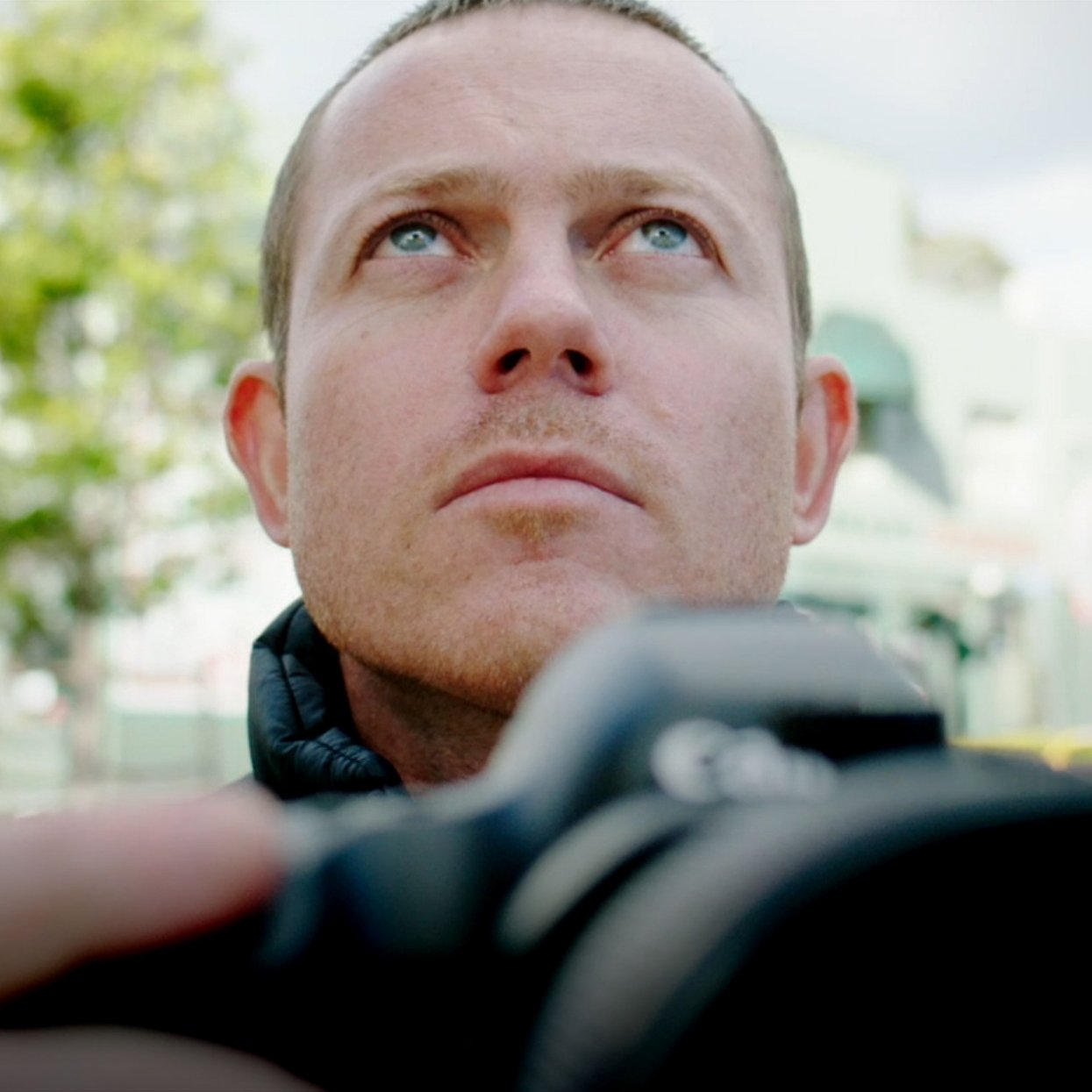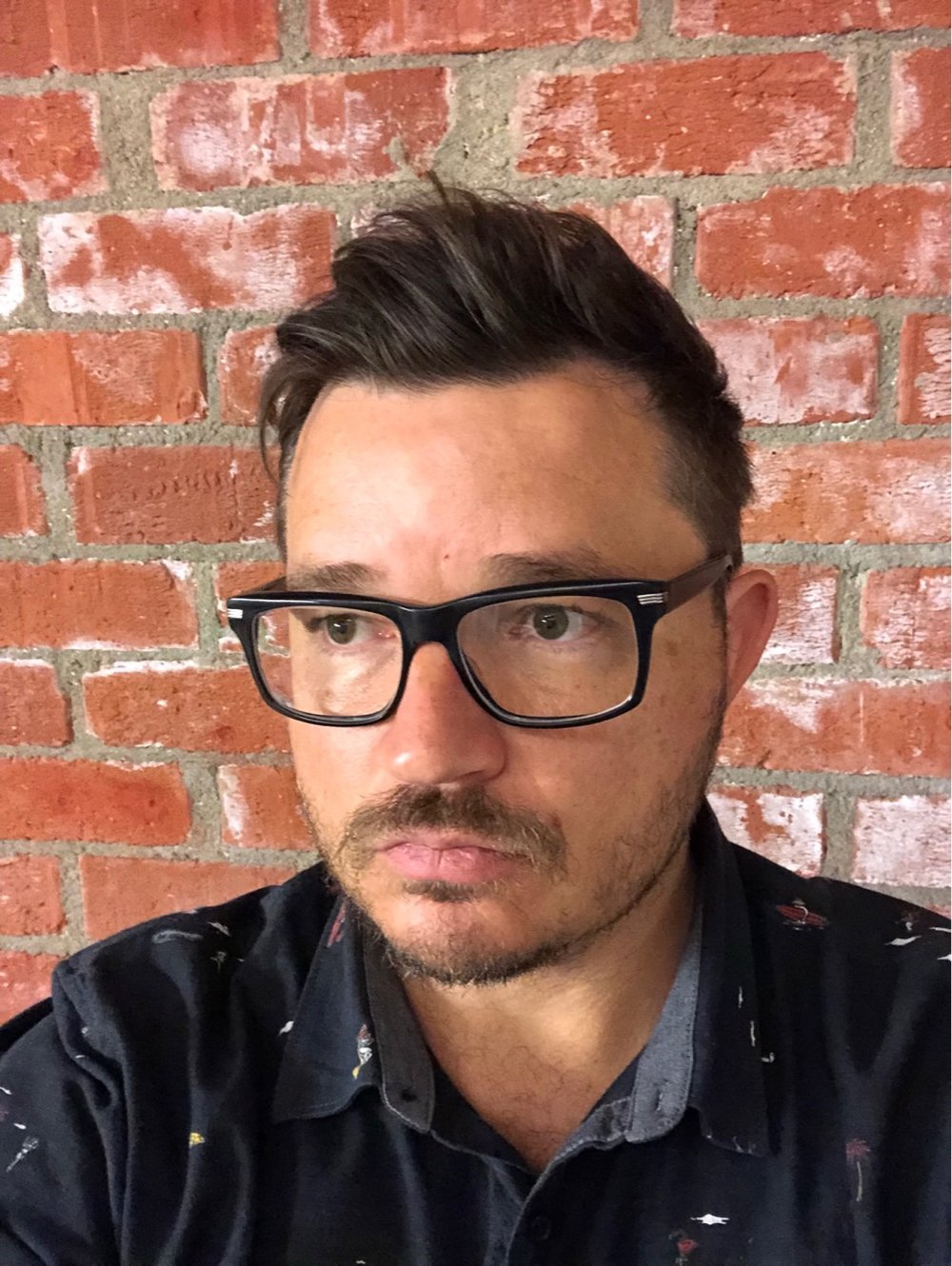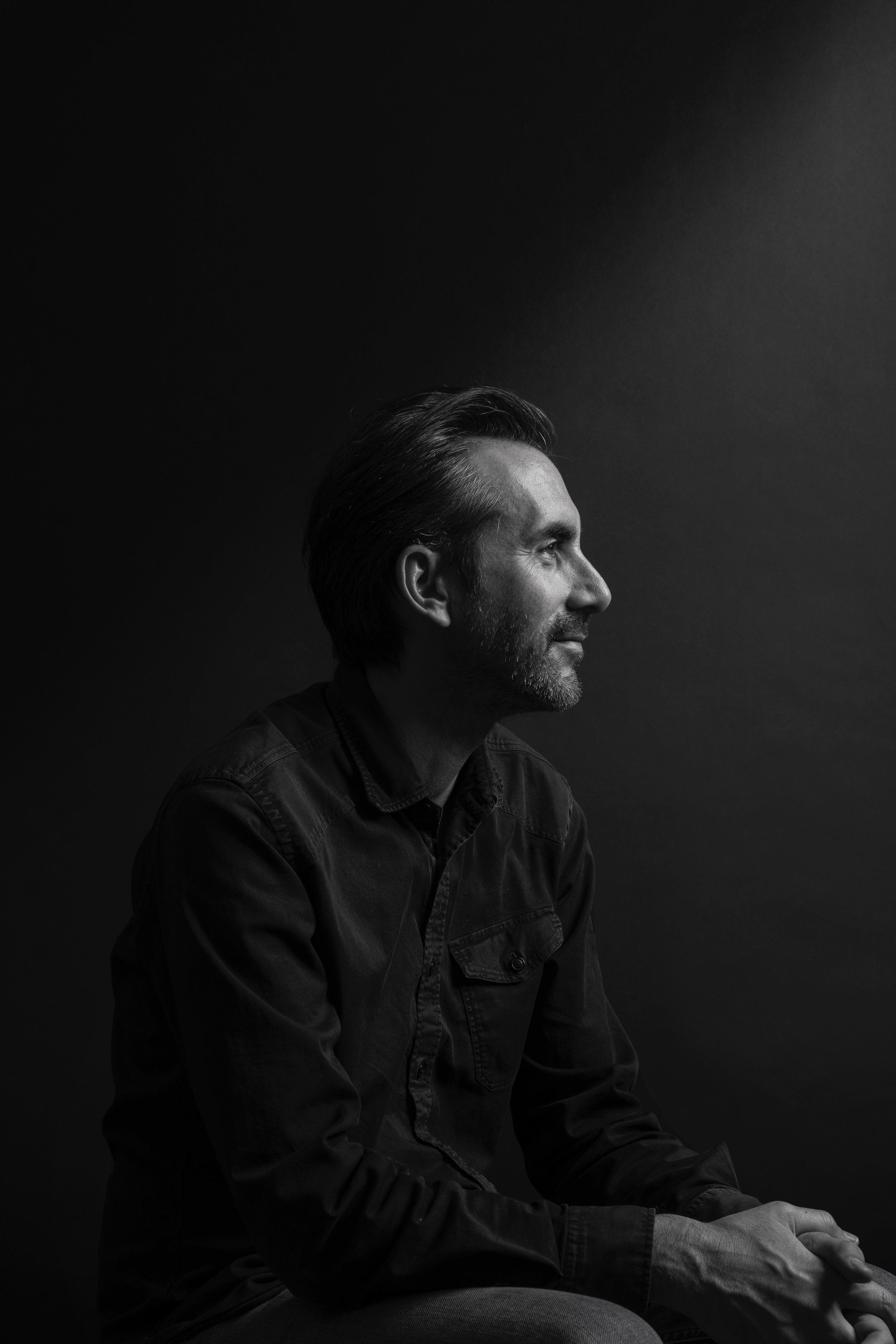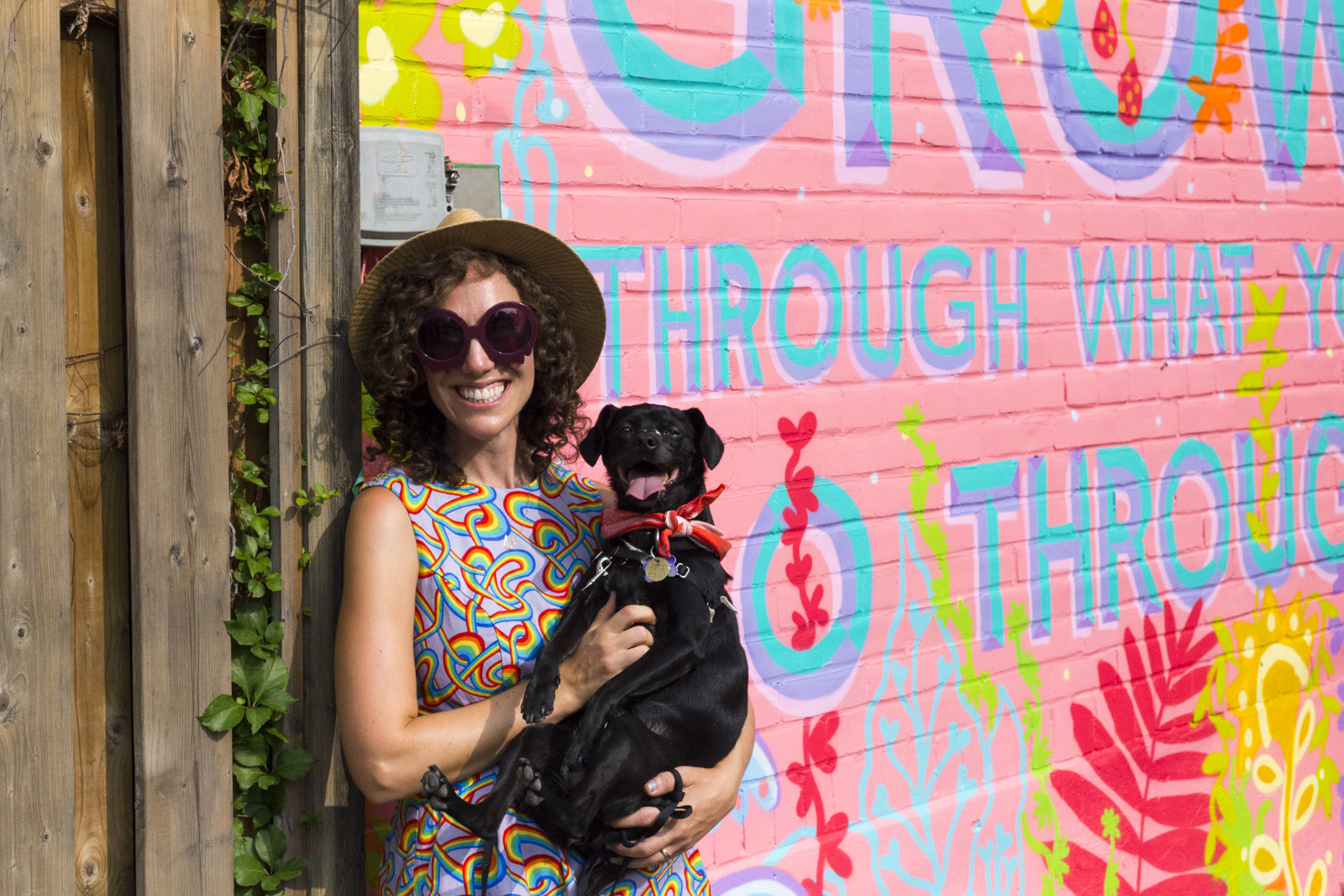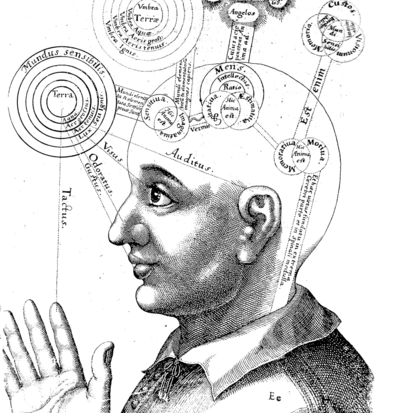Introduction:
The latest developments of evolutionary psychology teach us that our sensory perception of reality is not the window into the truth that we’ve assumed it was for a long time. Rather, it’s more like a metaphorical desktop on a computer, where the reality of the computing power if hidden behind symbolic representations of reality (e.g. the file folders on a virtual desktop). That helps us accomplish our tasks without being burdened by the minutiae of the computer’s inner workings, which would never allow me to easily and effortlessly write this piece as I was able to do, if I had to literally try and understand how everything works in a computer, down to micron-sized transistors.
What that means in concrete terms, is that evolutionary psych. tells us that we don’t see the world as it really but rather that we interpret it, these interpretations being a reflection of our evolutionary fitness. I.e., we have evolved interpretations of reality that allowed us to survive and thrive.
By the same token, since there is no such thing as an accurate perception of reality, the same goes for how we create visual media that represent the world around us. I would go as far as saying - in the example of a photograph or video of a space - that the very act of creating and designing an image of a space or building is in itself an interpretation of the object itself, influenced by the mind creating it. Not to mention the fact that we lose the 3rd and 4th dimensions (the 4th being time) and reduce the representation of the space to a 2-dimensional plane. Therefore, there can be no accurate representations of the physical space, as it’s always going to be incomplete, due to the missing dimensions.
As we just demonstrated that we cannot by design, perceive - and therefore - represent the world around us in a truthful manner, we cannot expect an imperfect representation, or rather approximation of reality to be truthful. Not to mention that visual media in architecture is further removed from reality due to the subjective interpretation of the creative mind crafting the media, reality and truth is a myth that can never be reached.
Now that this is out of the way, what does it mean with regards to the truth and narrative in architectural media? Well, I’m glad you asked and we can proceed to answer to this question from two different perspectives, each considering a discrete aspect of the architectural documentation process.
The commercial aspect:
Architects are professional service providers and as such, have to be able to show their work in its best light, in order to convince prospects to hire them. To do that, a portfolio of images is a critical tool in the sales process. Much like any other kind of commercial photography, one can make a case that doctoring images in order to rid the iconography of the things that don’t convey the vision of the architect is fair game, and that’s the opinion of one of my peers. If you look at food or automotive photography, these guys routinely cheat in order to get images that represent the ideal of the product they’re selling and not the product itself, as you and I would experience it.
Even though what other industries are doing can be pretty dramatic in term of how far they’re willing to go to make a product look better than it actually is, nobody is ever accusing them of lying or being dishonest. That’s because if you go buy that burger or that car as a result of seeing an idealized version of it in an ad, you will still get the same thing, it just won’t look as good in the physical world, but it’ll still taste the same or perform as promised.
The same can be said of architecture and in this context, I think it’s OK for architects to fairly dramatically alter images if the end result is not quite what the original intent was. For example, I have more than once digitally “stained” wood finishes on a building’s exterior that was initially supposed to be a very dark stained finish, but had never been finished and was therefore showing up as a much lighter tone of wood than the architect intended. In that context, I personally have no qualms making such a change.
We also routinely remove electrical outlets, smoke alarms and exit signs that are both unsightly and create visual clutter. What we end up with is a clean, more focused imagery that better conveys the sense of space in my opinion, which in turn serves the commercial intent of these images.
All those changes do not fundamentally alter the physical experience of the space and do not speak to its performance. Again, let’s keep in mind that we are talking about 2 dimensional interpretations of a space the we experience in 4 dimensions and that there is no substitute for an in-person experience. In that sense, any image, doctored or not, is always going to be a somewhat deceitful representation of the space.
The ethical aspect:
Now, from an ethical perspective, one could convincingly argue that doctoring images is dishonest and does not represent the project as it is. Ignoring for a moment that a photograph (or a movie) is an incomplete representation of the physical space because it lacks 1 or 2 dimensions, an argument can be made that architectural media should take on a more documentary-like approach to the craft.
Supposing that this is feasible and realistic, I think it’s a weak argument because even a documentary medium -especially film- tells a story that is a representation of the author’s thoughts and opinions. While the media may not be altered per se, it’s the narrative that expresses an inherently biased opinion. And I think that’s the crux of the issue, that short of directly experiencing a space or a building, any other form of representation, doctored or not represents the artists’ biased view through a narrative. It is therefore very difficult to say that a photograph (or movie) is a truthful representation of reality
A few years ago, and incident with the Chicago chapter of the American Institute of Architects (AIA) made the news when it was revealed that an award winning building image set had been doctored, where unsightly (and very visible) air handling units on the roof of the building were removed in post production at the behest of the architect. In the article quoted above, Blair Kamin, the Chicago Tribune’s architectural critic described the oversight as follows:
“So the honor award puzzled me. How could a jury of respected architects from out of town have missed this glaring misstep? Easily, it turned out.
Unlike the AIA's national awards, which require that at least one juror visit a short-listed building, or the Pritzker Architecture Prize, whose jury travels extensively, jurors for the Chicago AIA honors typically don't inspect buildings firsthand. There simply isn't the time or money. The jury meets for just one day. In the distinguished building category, there are scores of entries (134 this year), and they consist of projects from all over the world. So according to people who administer the contest, the jurors consider required materials (design statements and photographs) as well as floor and site plans, which are optional.”
To me, the issue is only partially the responsibility of the architect and/or the photographer. In this case, it’s clearly the jury process itself that created conditions for a doctored image set to allow for Juan Moreno’s building to win an award.
The AIA has since issued new rules for their award submissions regarding retouched images, although I couldn’t find these rules in my research. I think it’s great change, because when it comes to awards, we step outside of the realm of strictly commercial photography and that we can and should reasonably expect images to not be purposely deceiving. It can easily be speculated that the building wouldn’t have won the award, had the images not be photoshopped. Since awards don’t have as much of a commercial component (although some privately-owned award competitions are huge money makers for the organizers, but that’s a debate for another article) and are supposed to be an objective assessment of the entries and determine the winners based on the merit of the work, there should be an expectation that images not be modified and in my opinion, it falls on the organizers to demand more truthful imagery.
Similarly, publications reporting on architecture, have a moral duty to ensure that the projects they publish are not overtly deceiving as it erodes the reputation of both the magazines and the designers, especially when it comes to publicly accessible architecture that can be experienced by the general public. It would be very damaging for a magazine to talk up an innovative building only to find out that half the innovations are being impeded by some unsightly design element.
Conclusion:
I don’t believe that the conclusions we can draw from this topic are either black or white. Ultimately, each player in the process, be they photographers, architects, publications, award organizers or critics have a duty to ensure that they’re not purposely deceiving their public.
I think the amount of doctoring that should be tolerated should fall on a spectrum from heavily retouched, to very slightly retouched and that were the imagery falls on the spectrum is dependent of what one is comfortable with and what is appropriate for the intended usage of the images.
Some architects and photographers will have specific opinion in favour for the more honest side of the spectrum while others will unabashedly put out images that have less to do with reality and more with the commercial aspect of their practice. Azure published a very well thought-out article on the topic last year and their conclusion was thoughtful and fairly accurate representation of the variety of opinions that are out there.
I personally do a fair amount of retouching but I do draw the line at doing work that would alter the architecture and represent the space in a way that could never happen in reality. Outlets, exits signs and smoke alarms are all fair game and so are blemishes on a wall, reflections in glass, etc. I am also a little more liberal for residential work as the issues we fix are often a matter of the construction process not being faithful to the original vision or the client making changes without the architect’s knowledge.
I would generally say that restraint and common sense are ultimately our best allies. I’m a big fan of trusting my gut when it comes to making decisions that aren’t easy and the science backs me up on this.
I think the biggest takeaway from this discussion is that we ought to be very conscious of the impact the decisions we make will have down the road and act accordingly within the boundaries of what each of us is comfortable with. The rest is just noise.
Arnaud Marthouret is the founder of rvltr and leads their strategy, visual communications and media efforts. He has helped numerous architects and interior designers promote themselves in their best light - pun intended - in order to help them run more effective practices and grow in a meaningful way.
If you have questions about this article or rvltr, or want to chat about your strategy and communications, you can leave a comment, share with a friend, or reach him at arnaud{at}rvltr.studio.


